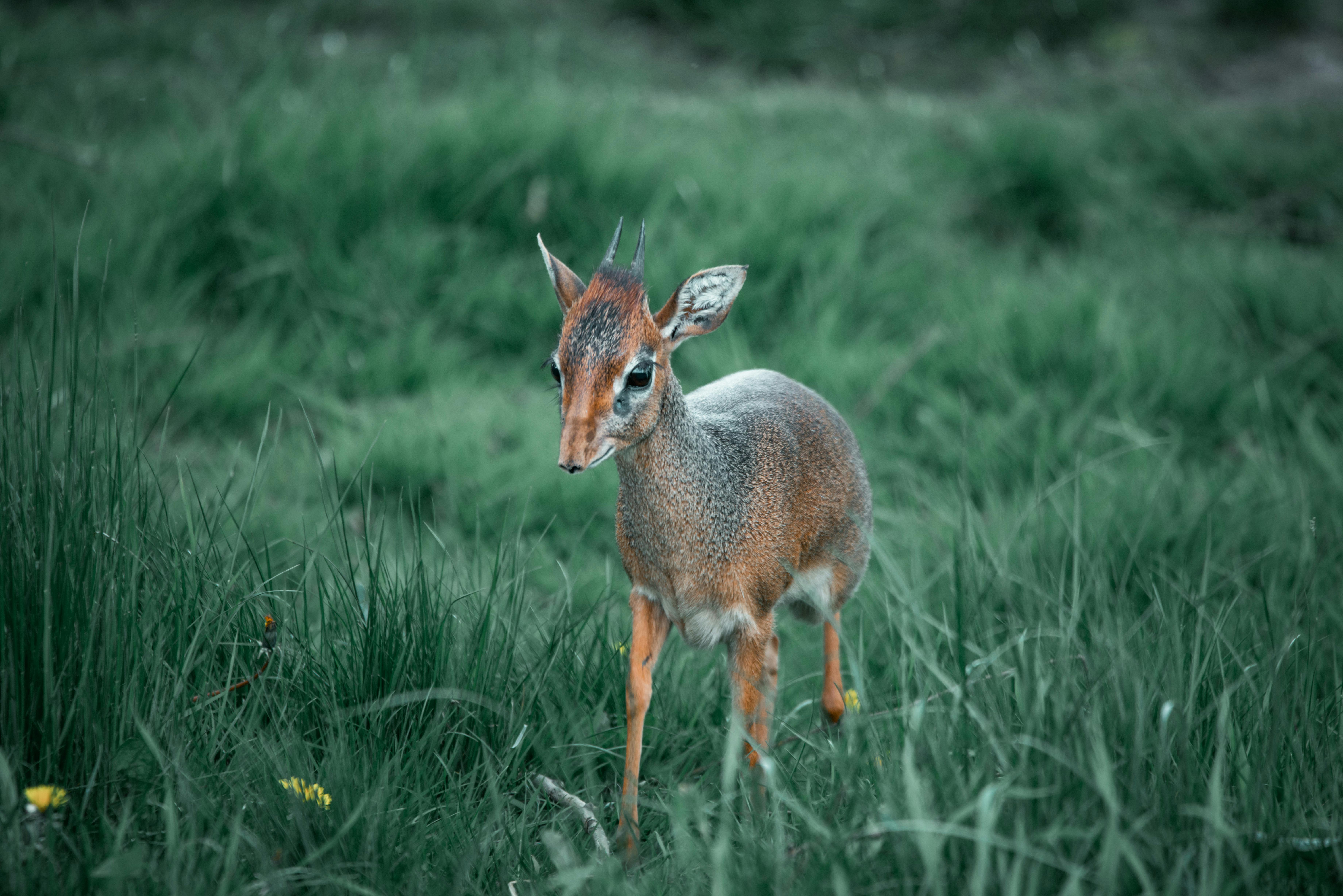The Intriguing World of the Dik-Dik: Africa's Smallest Antelope
Africa has always been recognized for its grand and majestic wildlife, from the towering elephants to the swift cheetahs. However, not all of Africa's inhabitants are large and imposing. Meet the dik-dik, Africa's smallest antelope, a minuscule marvel of nature that's as fascinating as it is adorable.

A Minute Marvel: What is a Dik-Dik?
Named after the alarm call it makes when threatened, the dik-dik is one of the tiniest antelope species in the world. Standing at only 12 to 16 inches tall and weighing between 6 and 13 pounds, these tiny creatures are about the size of a domestic cat. There are four species of dik-diks, all of which reside in East and Southern Africa, each adapted to thrive in their specific habitats, ranging from deserts to bushlands.
The Dik-Dik’s Unique Adaptations
Despite their small stature, dik-diks are incredibly resilient and have evolved several unique adaptations for survival. They have elongated snouts that help cool down the air they inhale, preventing overheating in harsh desert conditions. Their large, dark eyes are surrounded by white rings, acting as a natural sunshade and helping them spot predators from afar.
Dik-Diks in Today’s World: Current Conservation Status
As per the latest reports from the International Union for Conservation of Nature (IUCN), most dik-dik species are classified as ‘Least Concern.’ However, this doesn’t mean they are free from threats. Habitat loss due to agriculture and human settlements is a significant concern, as is hunting for their delicate skin, often used in the creation of gloves.
Dik-Diks and the Pet Trade: A Rising Concern
One emerging issue tied to dik-diks is their growing popularity in the pet trade. While they may appear to be a cute, manageable pet, dik-diks are wild animals with specific needs that are challenging to meet in a domestic setting. Moreover, prices for a dik-dik can range from $1,500 to $7,500, indicating a lucrative but concerning trend.
Observing Dik-Diks: Encouraging Ethical Wildlife Tourism
As awareness about dik-diks grows, so does the interest in observing these creatures in their natural habitat. Ethical wildlife tourism that respects and doesn’t disrupt dik-dik populations can play a crucial role in their conservation. By opting for reputable safari operators or guided tours that follow responsible practices, tourists can contribute to local economies and conservation efforts.
In conclusion, the dik-dik may appear small and insignificant, but it holds a unique place in Africa’s diverse ecosystem. These antelopes remind us that conservation efforts should not just focus on the large and charismatic animals but also the smaller, lesser-known species that add richness to our planet’s biodiversity.
The dik-dik’s story is a testament to the wonders of nature’s adaptability, the challenges posed by human intrusion, and the intriguing complexity that even the smallest creatures can embody. It is a narrative that underlines the importance of understanding, appreciating, and preserving the myriad life forms that share our world.




